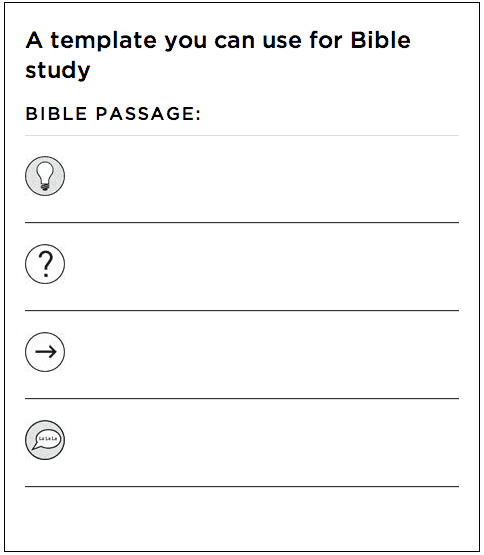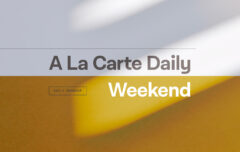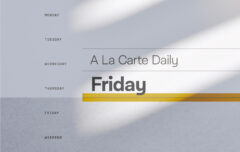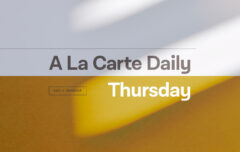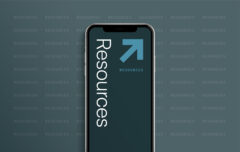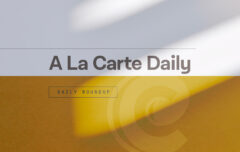Labor Day seems like a great opportunity to do a little “faith hacking”–to find and share some of those practical methods or techniques for living the Christian life. As I read, as I listen to sermons, as I speak to people, I am always looking for insights on how other Christians live out their faith in practical ways, and today I want to tell you about just one way I have found to read the Bible with others. It is called “The Swedish Method” and is explained in an old issue of Matthias Media’s magazine The Briefing.
As Christians we are constantly in God’s Word, constantly attempting to increase our knowledge of God’s Word and our submission to it. We read the Bible in our times of private worship, and public worship, but many of us also read the Bible one-on-one or with small groups. There are many different ways to read the Bible–many different methods, plans, and techniques, each suitable for a different purpose. The Swedish Method is one super-simple way to read the Bible with others, and may be especially effective for reading with small groups of teens or with individual new Christians. One of the advantages is that it requires few resources and little planning, but can still be very rewarding. Here is how it works.
Begin by praying, asking God to speak through his word. Then read a short Bible passage aloud (10-15 verses is ideal). Instruct each person to go back over the passage on their own while being on the lookout for three things:
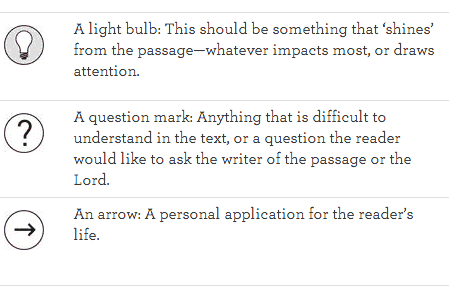
Give about 10 minutes for people to do that, and then begin three rounds of questioning.
In the first round, get each reader to share one of their ‘light bulbs’ with the group. Spend some time discussing these, if your group is keen; it’s always interesting to discover what has impacted different members.
In the second round, ask them to share one of their questions raised by the passage. Often it is best to invite the person who raises the question to propose an approach to answering it, and generally encourage that person towards further investigation. Alternatively, any member of the group can respond to the question, provided the answer appears in the passage under consideration or in a previous section of the book that your group has already covered.
In the third round, ask each person in your group to share one of their applications as it applies to their own life. Then, to conclude, pray: Invite people to lead in prayer as they please; no one should feel pressured to pray. Invite a suitable person to close the time of prayer.
And that is all there is to it. The philosophy “behind this style of Bible reading is to promote good observation of the text, group participation and self-guided discovery. Each person has the opportunity to discover for themselves what God says.” That sounds good to me! What it is meant to be done with oversight, the purpose is to help people learn to approach and interpret God’s Word on their own.
Read: The Swedish Method at The Briefing (which contains a helpful examination of both the strengths and weaknesses of this method). Here is a template they provide which may prove useful.
